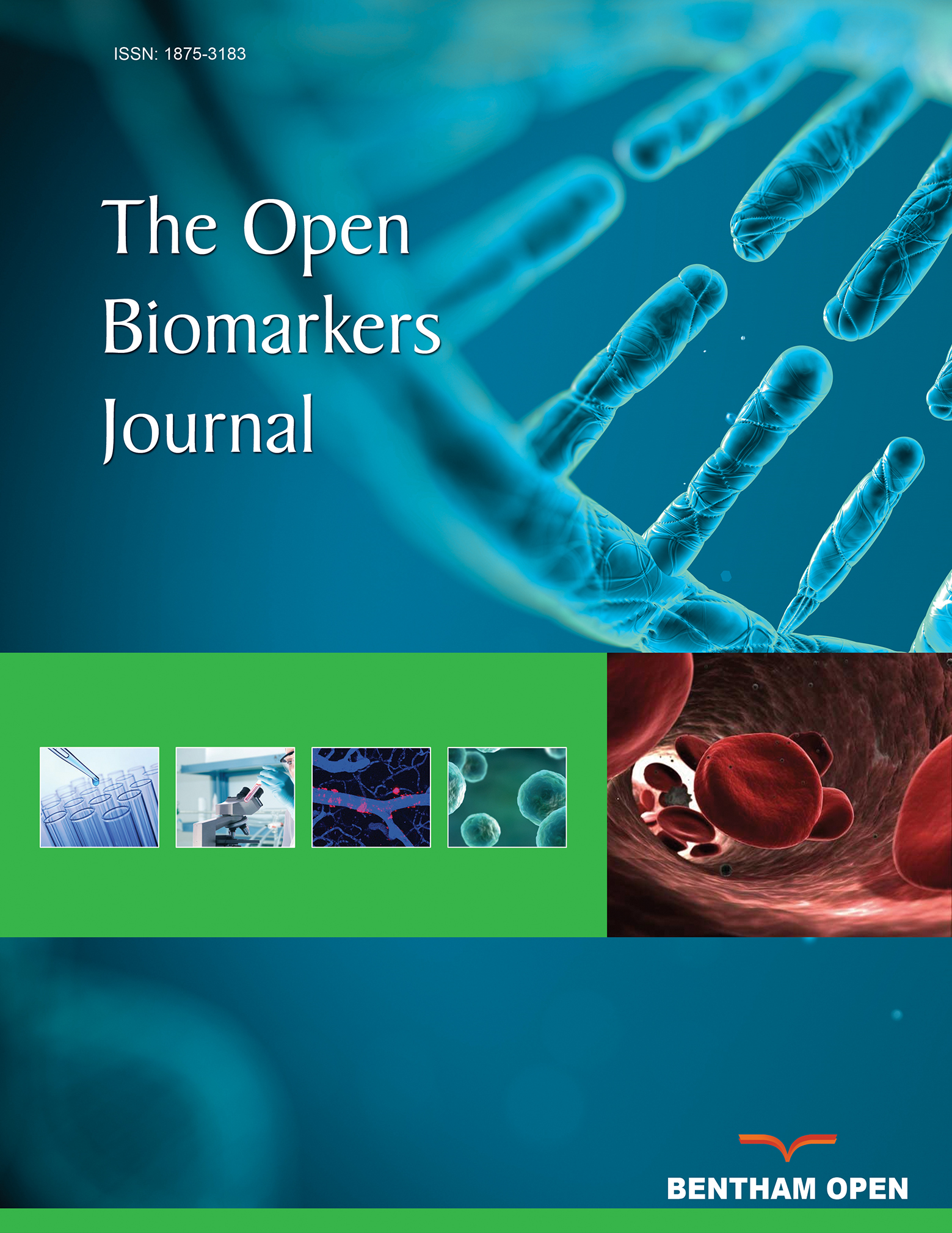Study of Gender-based Changes in P53 in Preeclampsia
Abstract
It aims to compare the levels of p53 in maternal and umbilical cord venous samples of healthy pregnant and preeclamptics.
Background:
Preeclampsia is a leading cause of both maternal morbidity and neonatal mortality. The etiology and pathogenesis of preeclampsia are not yet fully understood. Apoptosis during pregnancy develops due to multiple different mechanisms.
No studies are available in the literature documenting any association between fetal sex and p53 levels; also, the status of p53 in cord blood is unclear.
Objective:
Hence the study was designed to compare p53 levels in maternal and umbilical cord venous samples to study both maternal and fetal aspects of preeclampsia.
Methods:
The present study was conducted in 30 normotensive, primigravida women and 30 primigravida preeclamptics (age and gestation matched) with a singleton pregnancy. Serum p53 analysis was carried out in maternal serum and cord blood by solid phase sandwich enzyme-linked immunosorbent assay (Elisa kit).
Results:
In the present study, maternal and cord p53 levels in preeclamptics were higher. The cord blood p53 levels were significantly higher in preeclamptic mothers with female babies than in preeclamptic mothers with male babies.
Conclusion:
These findings indicate a definitive role of apoptosis in the pathogenesis of preeclampsia and may be useful in diagnosing patients with preeclampsia and identifying future natal, perinatal and maternal risks.
Demonstrating these gender-based changes in p53 levels suggests an active contribution of the placenta in metabolism during pregnancy.


